Milk churn – article of daily use and family history memento
Artefact of the month - July 2024
Paavo Lipponen skied with this milk churn to collect a ration of milk in the food rationing scheme in Pello after the Lapland War when he was four years old. Over time, an autobiographical artifact relationship was built around the milk churn. For Lipponen, the churn became a memento connected to his childhood and family history.
Many meanings of the object
A metal milk churn with a detachable lid. There is a lifting handle on the lid. A bent carrying handle made from metal wire is attached below the mouth. Round bottom. Volume 3 litres, height 23.5 cm.
The physical cataloguing descriptions recorded in the museum's collection database pass on the basic information of the milk churn. For the user of the object, former prime minister Paavo Lipponen, other meanings are attached to the milk churn. In an interview with the National Museum of Finland, he describes the object as follows:
"Objects like this are, in fact, rare: although this is such a modest or modest-looking item, I still think it is a wonderful object."
"This has been such an important item to me that I have included it in the collection of items placed on a platform that has significant objects, such as artworks and others in my home. On display. Here in Helsinki." Paavo Lipponen on 7 of December 2022
In the material culture, we live amidst objects. Objects are attached to situations, time periods, people, feelings and places as part of each of our life histories. They gain personal meaning, create an atmosphere and make us feel at home, and even act as a personal memory.
Objects can also be associated with unconscious aspects that are difficult to put to words, such as difficult emotions, affects and corporeal sensory experiences.
The milk churn is a mundane object that has become a treasure connected to family history for Paavo Lipponen over the years. At the same time, the churn is a memento and emotional object connected to his childhood and mother. In other words, this object represents many concepts and overlapping uses.
Object as anchor to childhood experiences and mother
Paavo Lipponen's father was in the Lapland War, and the rest of the family was evacuated to Sweden from Pello. When the family were able to return to Pello in 1945, their house had been burned to the ground.
"The experiences of coming back and digging at the ruins when we returned, they have certainly stayed with me, they illustrate what war can be." Paavo Lipponen on 7 of December 2022
A new house was built before Christmas 1945 just in time for the birth of the third child of the family, Maria.
"My mother must have been pretty weak. I was tasked with collecting milk by skiing to the store in Jolma, which was a two-kilometre journey according to my mother. I am not entirely sure of the distance, but the quota for children was one and a half litres at the time. - - - This was told to me by my mother and she gave me this [milk churn] before she died." Paavo Lipponen on 7 of December 2022
When asked about the primary emotion connected to the milk churn, Lipponen emphatically mentions the memory of his mother and says that “We must be aware of where we come from”.
Key item in terms of autobiographical story and turning points in Finnish history at the same time
The milk churn became important to Paavo Lipponen, as it reminds him of times past as a physical object. Lipponen talks about his mother Hilkka Lipponen with warmth and respect and feels that the object is closely linked to her. The mother, who worked as a nurse, went through some hard experiences during the war. At the same time, the mother was responsible for the home and brought security to the war years, which Lipponen describes from the child's point of view also as happy because “I was allowed to be with my mother”.
The milk churn is a link to childhood, home and the living environment in the countryside that no longer exists. It also brings the previous owner of the object, Hilkka Lipponen, the mother, closer as a manifestation of transgenerational memory and caring. It was the mother who kept the churn and maintained the memory of the relevant event associated with it, while strengthening the agency of her child. As part of lived experiences, the milk churn impacts Lipponen's perception of what he can do, who he is and where he has come from.
The object continues to activate sensory and corporeal feelings, affects. When Paavo Lipponen holds the milk churn in his hands, he is taken back to his memories of himself at age 4, and astonished by the skiing trip: “It was quite a trek.” In the moment, different time planes and materiality, story and corporeality become entwined. When Lipponen holds the metallic object, he has a good feeling in his body: ”Good. Yes, this warms me somehow. This is not cold to the touch, not a cold object.”
The milk churn links his autobiographical story to turning points in Finnish history, the Lapland War, being evacuated, reconstruction and the austerity era. As part of the independence era collection of the National Museum of Finland, the milk churn illustrates the multi-level entity of individual and shared experiences, the wonderful story of the object.
Maria Ollila
Photographs:
The milk churn (IT179:1). Photo: Matti Kilponen, Finnish Heritage Agency.
Paavo Lipponen. Photo: Soile Tirilä, Finnish Heritage Agency.
Interview on 7 December 2022. Paavo Lipponen, Maria Ollila and Soile Tirilä. Photo: Anni Minkkinen, Finnish Heritage Agency.
Additional information
Paavo Lipponen (born 23 April 1941) served as Finland’s Prime Minister in 1995–2003 and Speaker of Parliament in 2003–2007. Lipponen was chair of the Social Democratic Party of Finland (SDP) in 1993–2005.
As part of the documentary project carried out in cooperation with decision-makers on the state level, the National Museum of Finland conducted a video interview with the former prime minister Paavo Lipponen on 7 December 2022. During the interview, Lipponen described three items related to the development of his social thinking and political career.
The National Museum of Finland was invovled in the Sensory and Material Memories: Exploring Autobiographical Materiality (SENSOMEMO) project funded by the Research Council of Finland, which was implemented by the University of Jyväskylä in 2020─2024. The SENSOMEMO project examines the ways in which sensory experiences and memories intertwine in human-objects relationships.
Sources
Interview on 7 December 2022, Paavo Lipponen.
Kajander Anna 2022. Materiaalisuus etnologiassa. Teoksessa: Kulttuurien tutkimuksen menetelmät. Fingerroos, O., Kajander, K. ja Lappi, T-R. (toim.) Suomalaisen Kirjallisuuden Seura.
Kajander Anna ja Eerika Koskinen-Koivisto 2021. Aistikokemukset ja affektiivisuus arjen materiaalisen kulttuurin tutkimuksessa. Teoksessa: Paradigma: näkökulmia tieteen periaatteisiin ja käsityksiin. Hämäläinen, N. ja Kauppi, P. (toim.). Suomalaisen Kirjallisuuden Seura.
-
2024
-
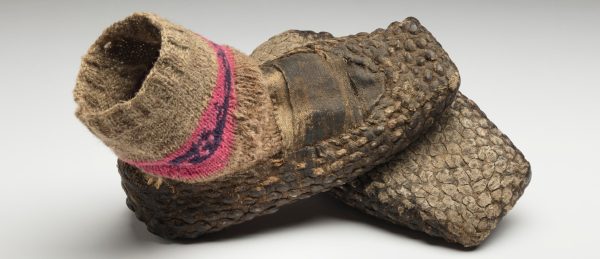 Tallukas slippers from Jämsä
Tallukas slippers from Jämsä
-
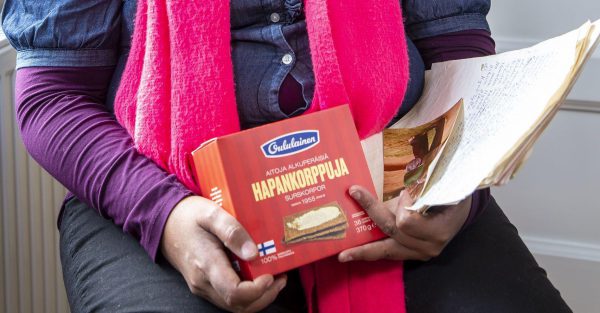 Video interview on the formation of a culturally diverse identity
Video interview on the formation of a culturally diverse identity
-
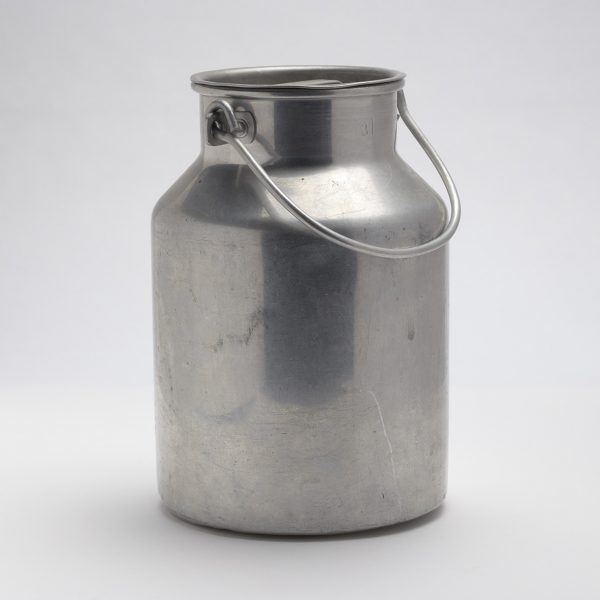 Milk churn – article of daily use and family history memento
Milk churn – article of daily use and family history memento
-
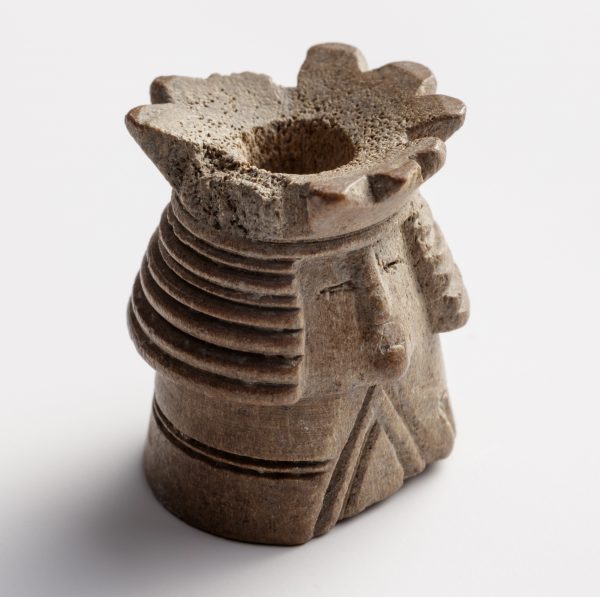 Chess piece from Kuusisto Castle
Chess piece from Kuusisto Castle
-
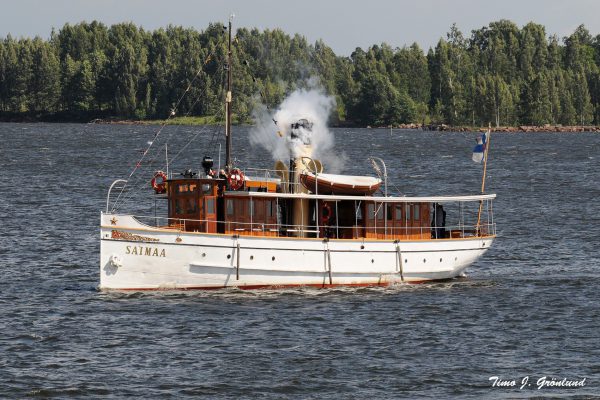 S/S Saimaa
S/S Saimaa
-
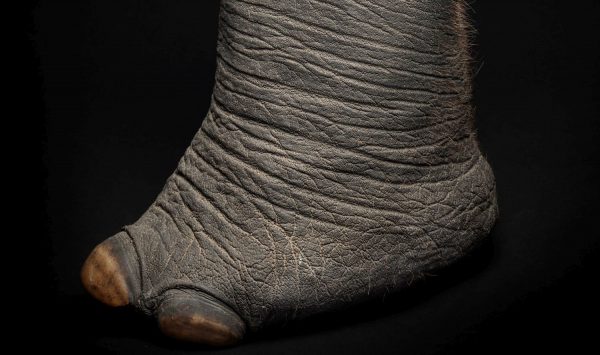 Wastepaper basket made out of an elephant’s foot
Wastepaper basket made out of an elephant’s foot
-
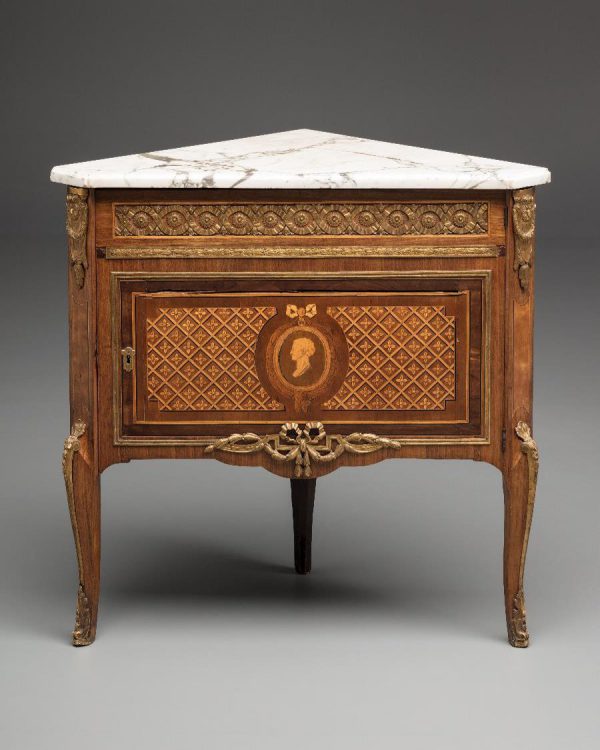 The corner cabinet made by Georg Haupt
The corner cabinet made by Georg Haupt
-
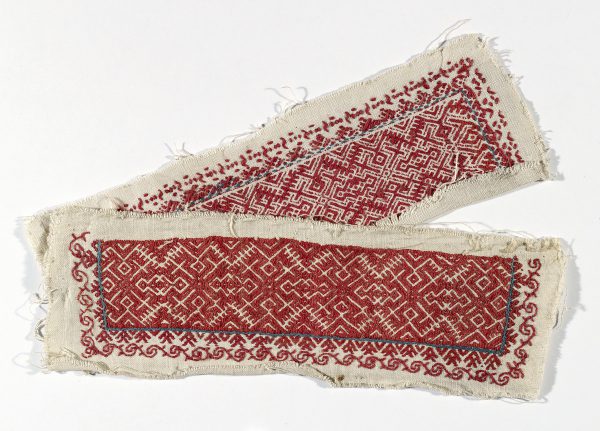 Muiskas from White Karelia
Muiskas from White Karelia
-
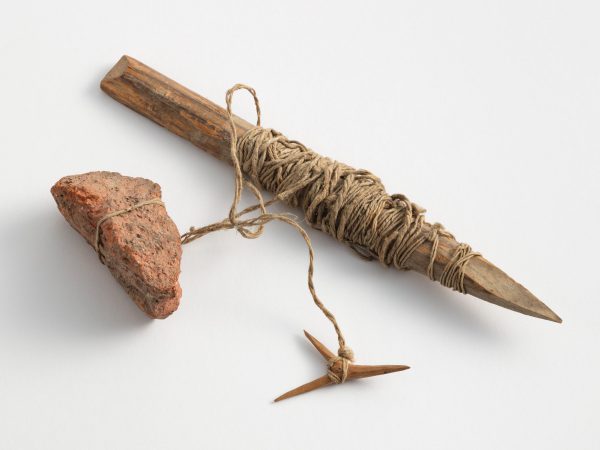 Burbot hook
Burbot hook
-
-
2023
-
2022
-
2021
-
2020
-
2019
-
2018

